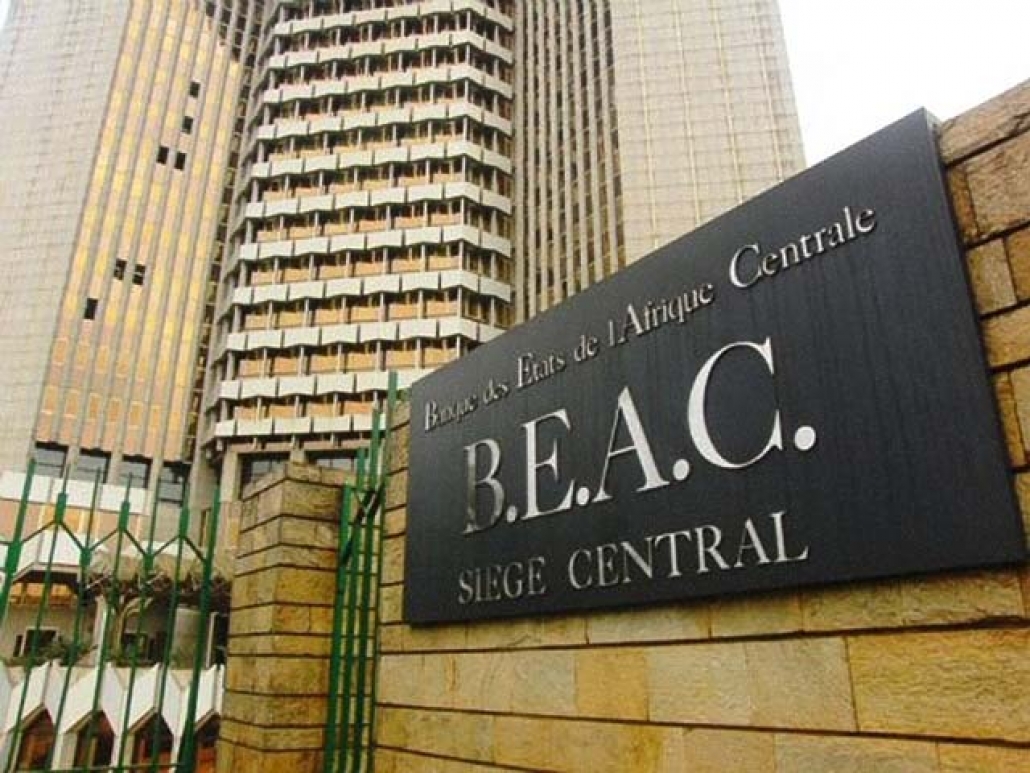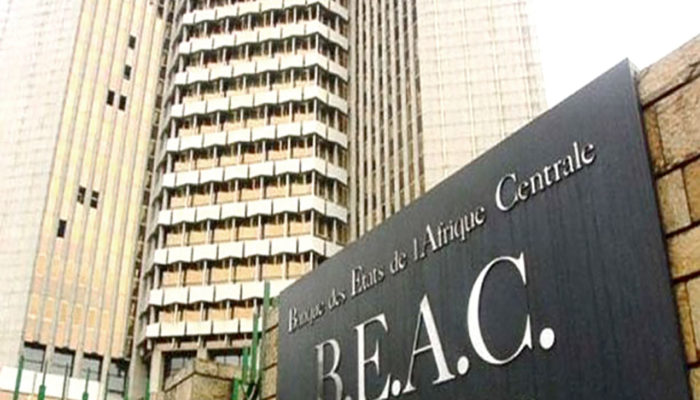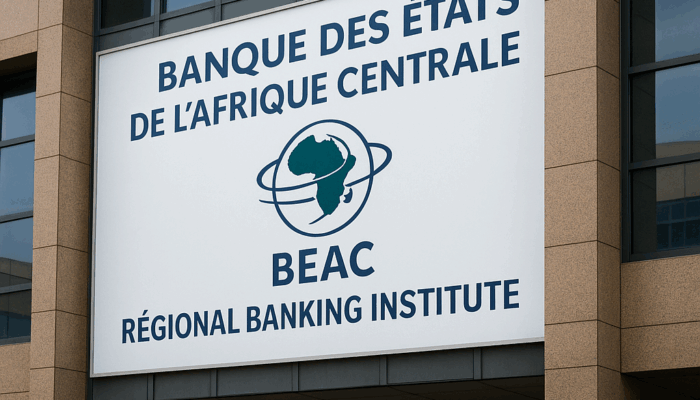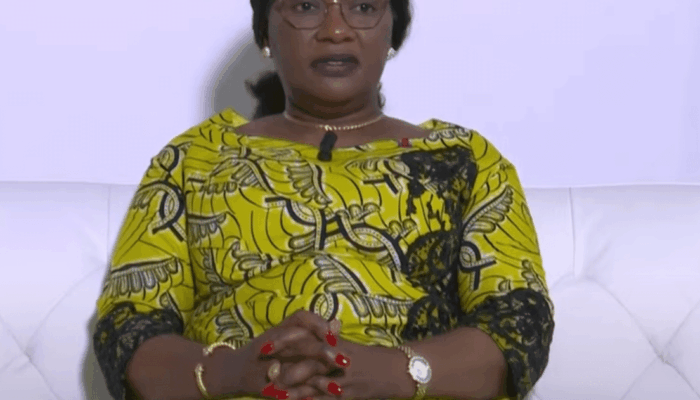The volume of foreign exchange reserves of the Bank of Central African States (BEAC) represents an external coverage of the currency of 78.4%, or 4.79 in months of imports of goods and services, against 4.82 in current month 2023. The sub-region, which should continue its economic reforms, intends to maintain efforts to repatriate export revenues and stabilize the banking system.
The implementation of the Central Bank’s foreign exchange regulations is among the many subjects raised on June 24 by BEAC Governor Yvon Sana Bangui during his press conference. He took stock of the conclusions of the second ordinary session of the year of the BEAC Monetary Policy Committee held on the same day.
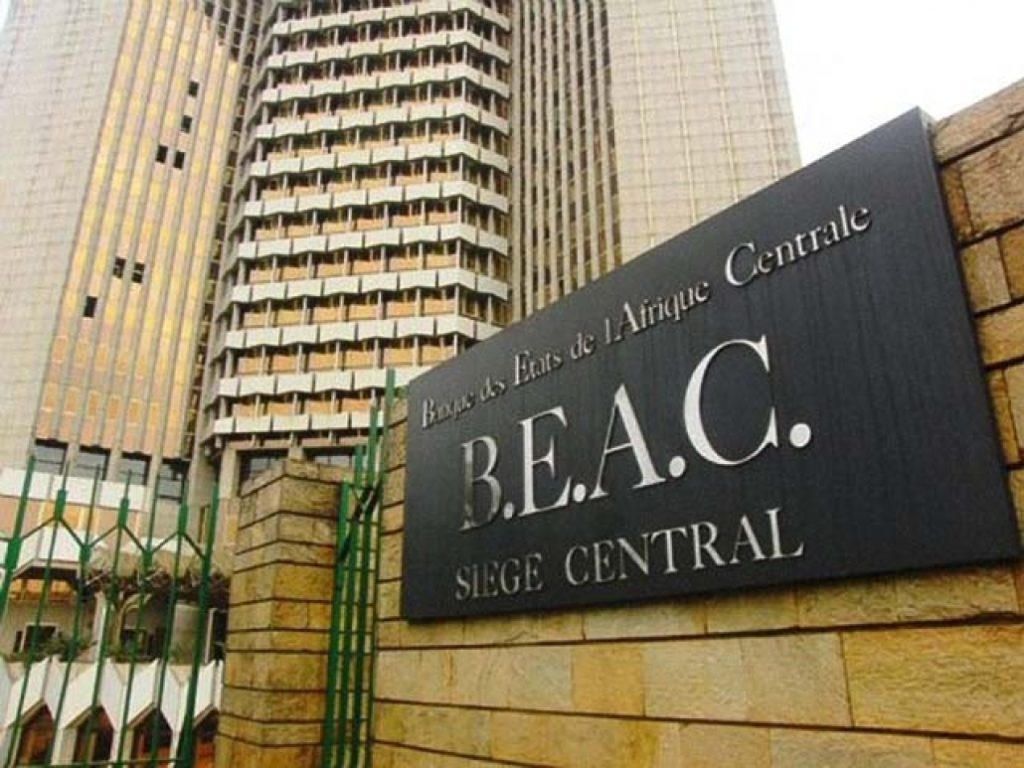
Yvon Sana Bangui highlighted the role played by the BEAC in the management of the foreign exchange reserves of member states, after discussions with certain industrialists in the sub-region. “ The Central Bank often pays export invoices in dollars, which affects our foreign currency holdings and puts us at risk. It was necessary to challenge industrial leaders on the need to increase national production in order to satisfy as a priority the national needs and the sub-region. This approach is crucial to preserve the foreign exchange reserves of the States at the BEAC ,” he estimated.
The stabilization of the foreign exchange reserves of States (Cameroon, Central African Republic, Congo, Gabon, Equatorial Guinea and Chad) remains one of the stated priorities of the Central Bank. During his first official outings last March, the governor of the BEAC indicated his intention to strengthen the implementation of the exchange regulations in force since January 2019 within the Economic and Monetary Community of Central Africa ( Cémac). The measure has so far enabled the Cémac zone to increase its reserves, balance its trade balance and avoid currency devaluation.
This BEAC foreign exchange regulation sets the ceiling for foreign exchange allocation at five million FCFA with the possibility of going beyond if the request is justified. It provides for a retrocession of 70% of the currencies of all operations, while the old regulations of the year 2000 made retrocessions of 100% of the currencies collected during export operations. From the first months of 2019, foreign exchange retrocessions reached 1,376.1 billion FCFA for the first five months of the year, compared to 605.2 billion FCFA over the same period of the previous year, an increase of 127% .
In addition to the stabilization of foreign currency reserves, the BEAC governor raised the subject of persistent inflation (3.9%) within the sub-region which remains higher than the community standard, while economic growth would be at 3.3% this year, compared to 2.3% in 2023. “ The BEAC Monetary Policy Committee has decided to keep the interest rate for calls for tenders unchanged (5%); that of marginal loan facility at 6.75% and deposit facility at 0.00%; as well as the coefficients of mandatory reserves at 7% on sight payables and 4.5% on term payables ,” Yvon Sana Bangui said



